
Fashion forward
In the second half of the 20th century, Australian’s looked to global fashion trends for inspiration in what to wear. Our homegrown fashion designers began to gain international recognition, and more Australian designs were exported. The success of Australian designers like Prue Acton, Collette Dinnigan, Akira Isogawa, Alex Perry, and dynamic duo Jenny Kee and Linda Jackson, made Australia a serious player in the global fashion industry.
In the fourth blog in our series on Australia’s fashion history, delight in fashion trends from the 1960 to 2000.
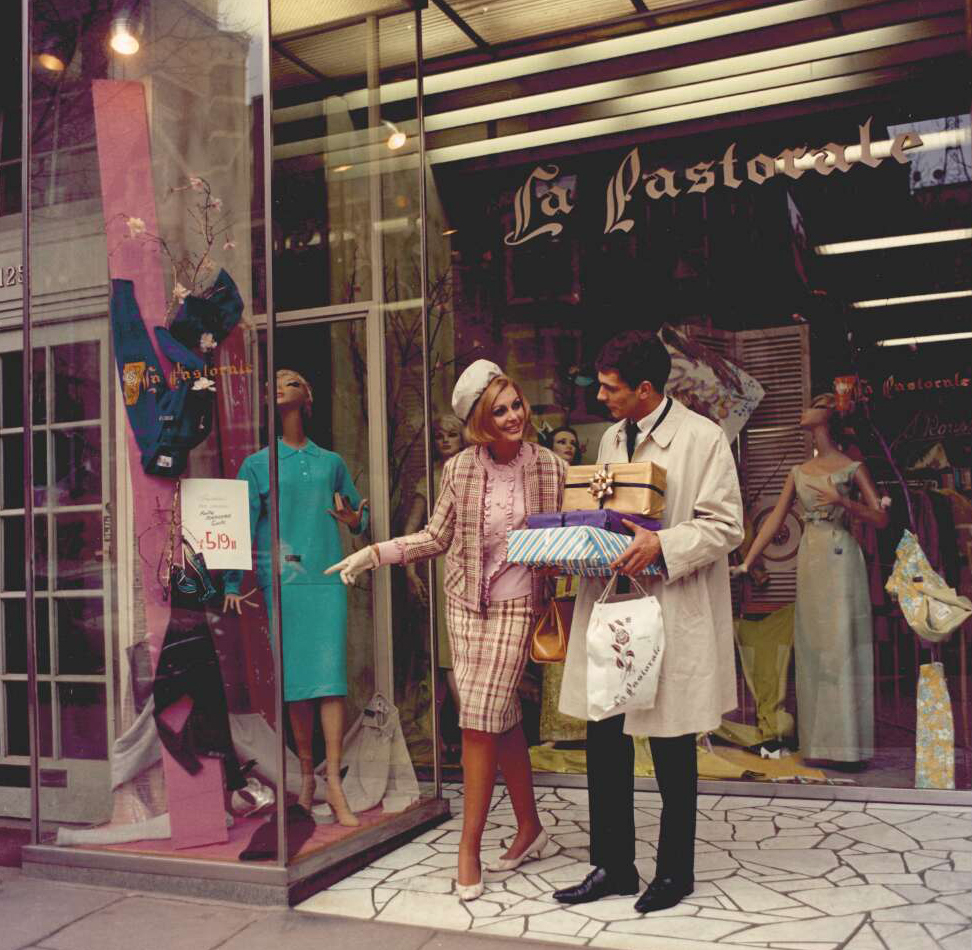
Swinging sixties
Australia once again turned its eye to British fashion trends in the 1960s. Mod subculture had ridden in on its Vespa scooter and the youths singing Beatles lyrics got on board. For women, Mod-style fashion looked like mini-skirts, shift dresses and bold prints.
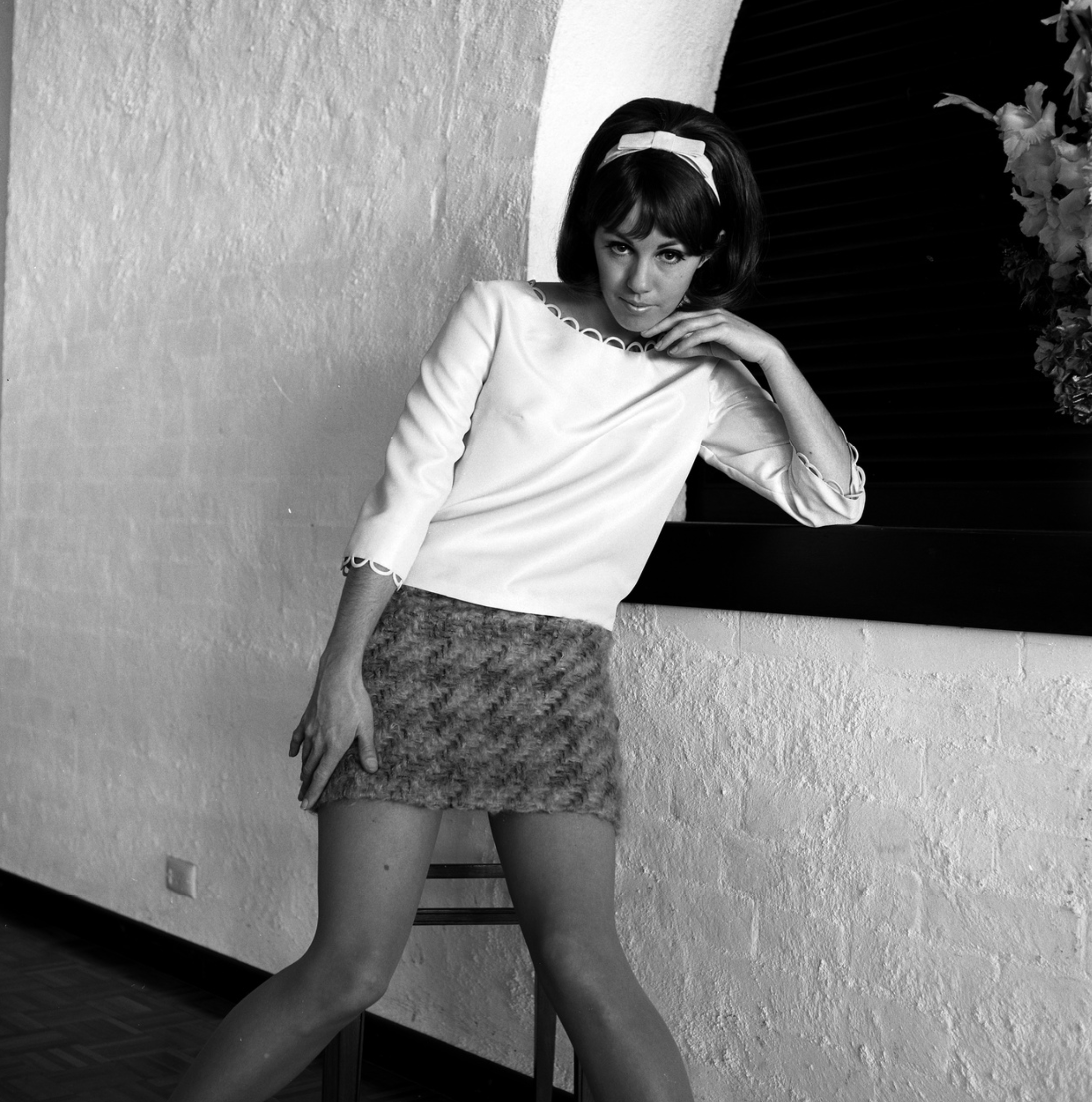
International designers, like Mary Quant and Pierre Cardin introduced innovative designs that reflected the youthful and rebellious spirit of the time. Meanwhile, Prue Acton – with her vibrant and youthful designs – became one of the first Australian designers to gain international recognition.
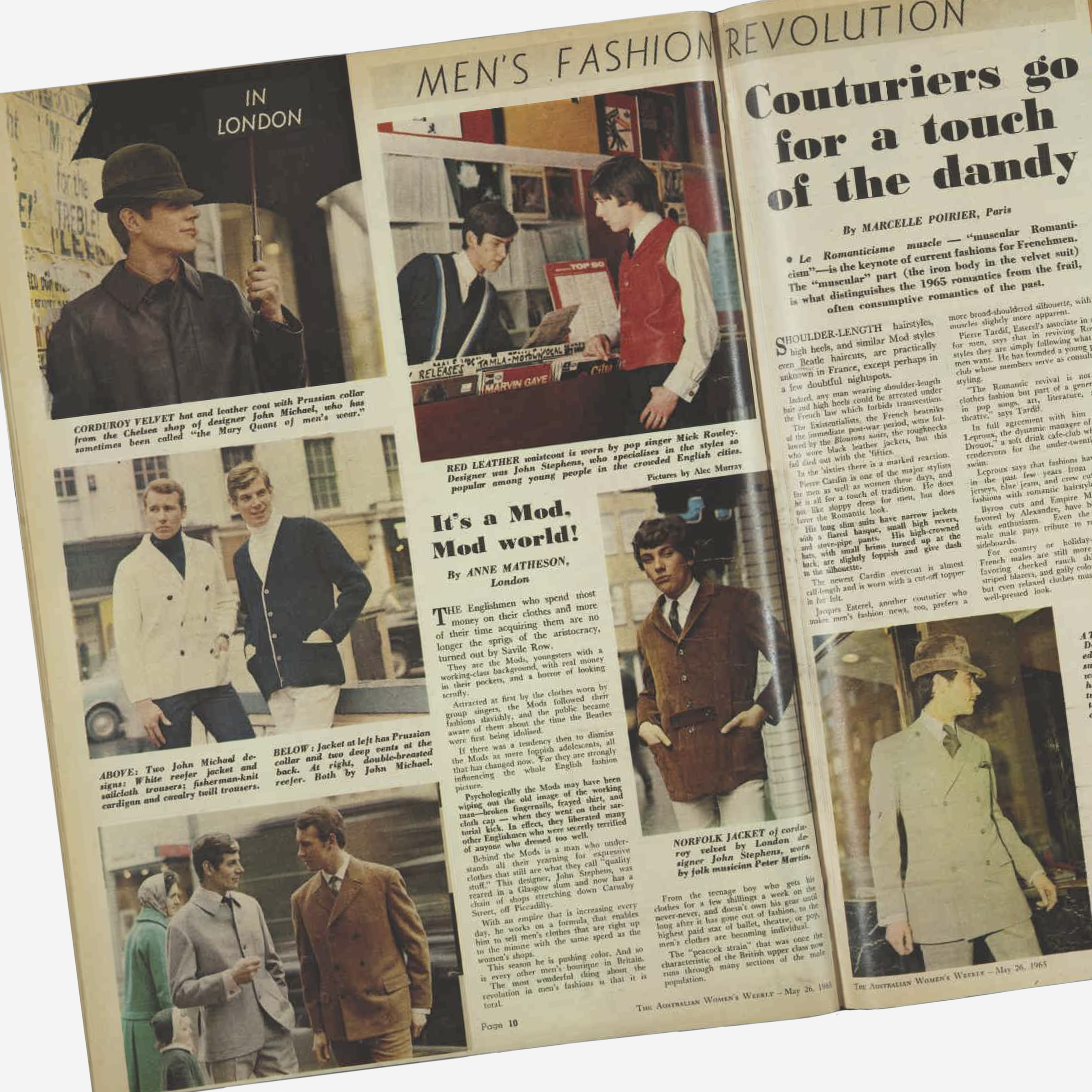
Men’s fashion also underwent a transformation, with slim-cut suits and turtlenecks. Military-style jackets were also dusted off. One can’t thank "British Invasion” bands (like The Beatles and The Who) enough for influencing men to adopt the decade’s stylish and modern fashions. Rock and roll culture would continue to influence fashion for many generations to come.
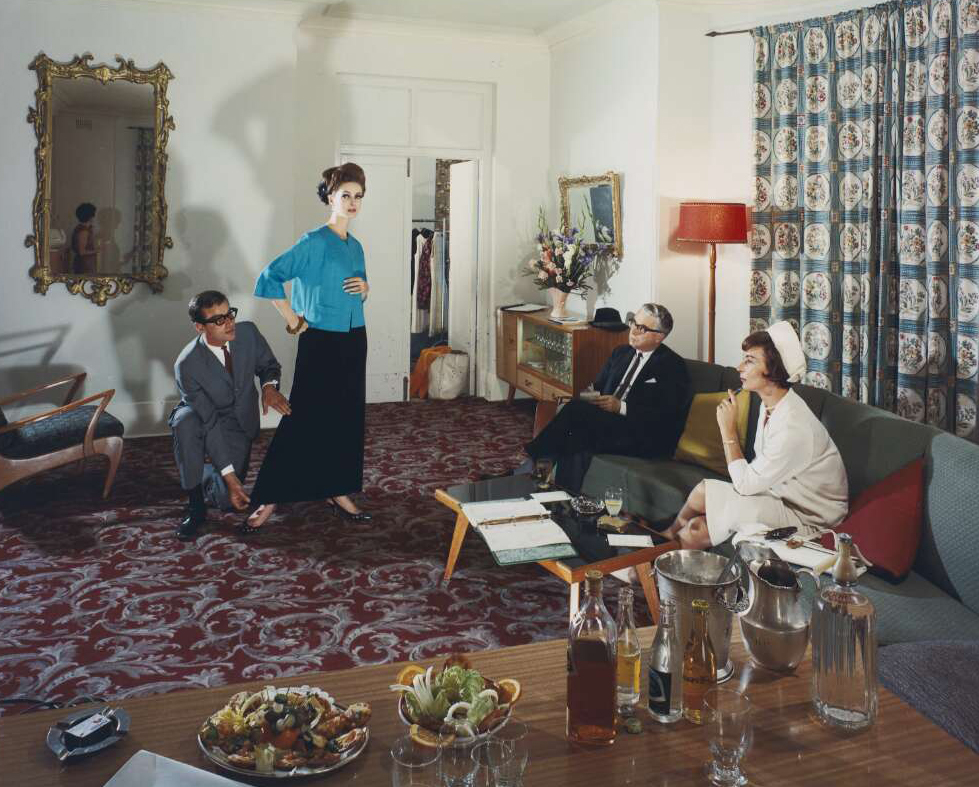
Bohemians and disco
The 1970s brought disco fever to Australia and fashion followed suit. Sequins and platform shoes were the flavour of the decade for both women and men. Jumpsuits became a popular choice for women, while men wore bell-bottom pants, wide-collar shirts, and leisure suits.
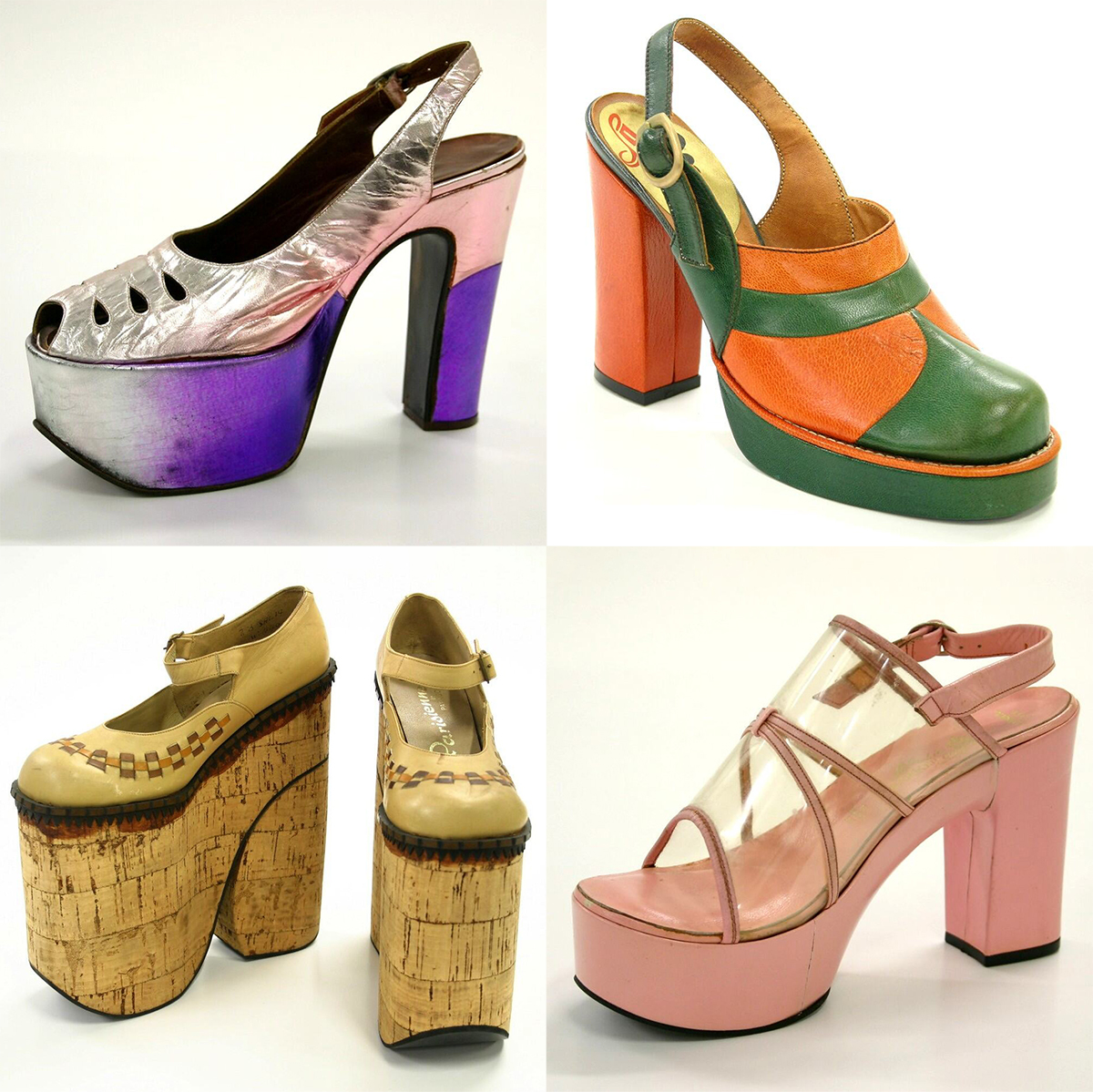
This wasn’t the only style in vogue though. The 1970s were a time of liberation and experimentation in fashion. Individuals embraced a wide range of styles and expressed their unique identities through their clothing choices. Bohemian fashion with loose fits and ethic-inspired prints also peaked during this period. Maxi dresses and flared pants were a popular choice for women.
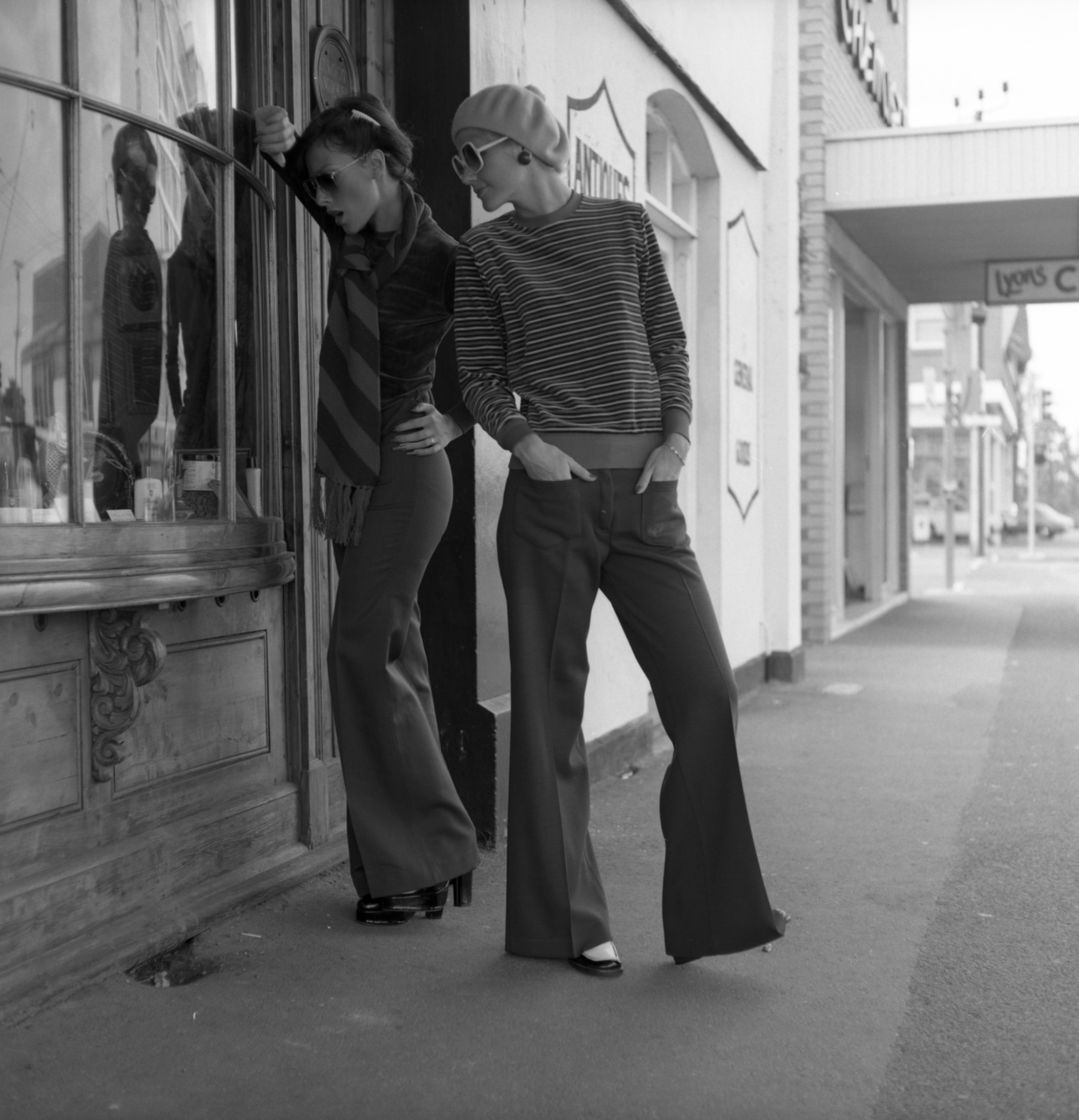
Punks and power suits
The 1980s were defined by power dressing and bold statements in fashion. Shoulder pads in women’s power suits were big, and hair styles were even bigger. This was paired with bold colours and dramatic accessories.
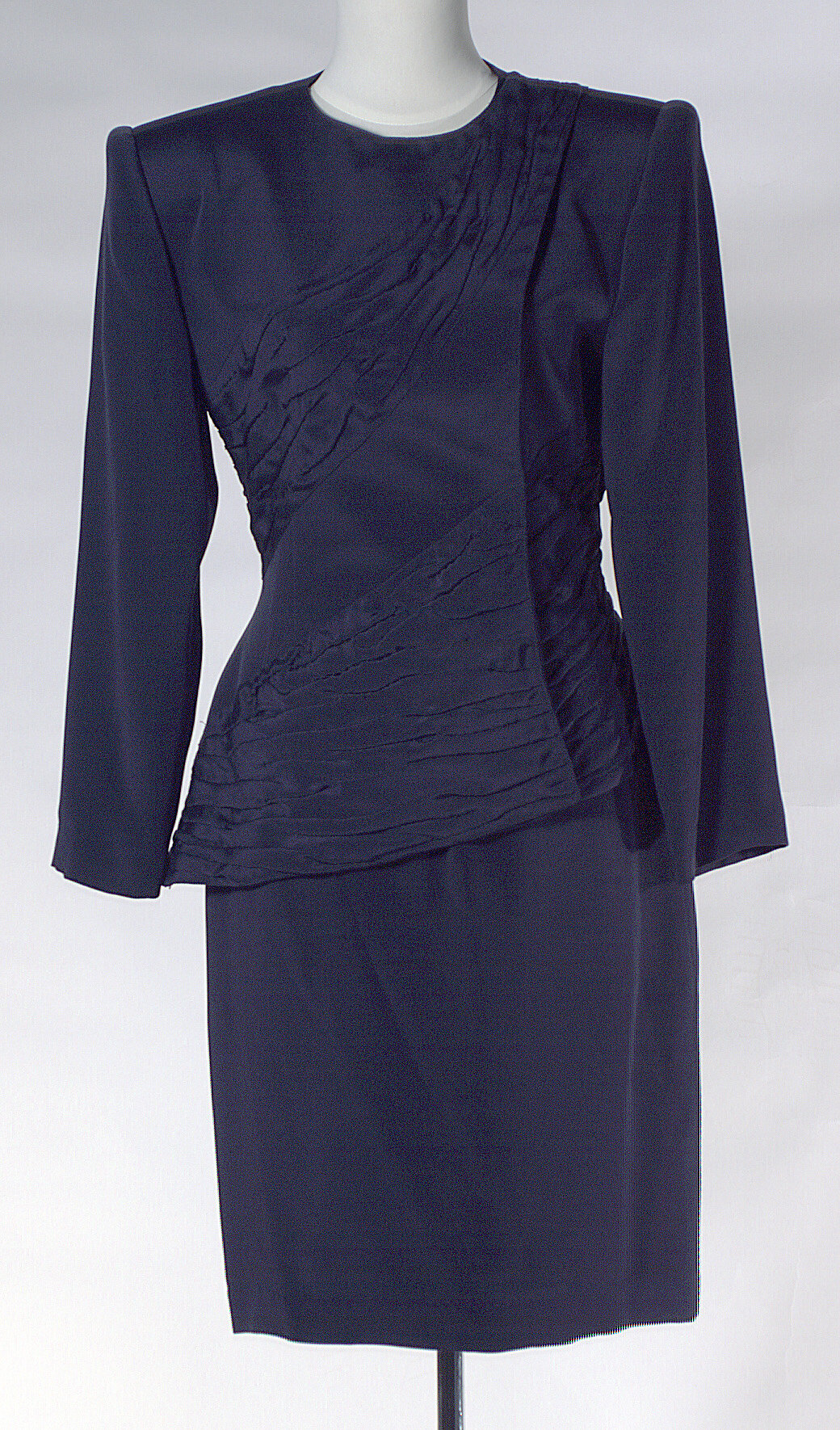
Men’s fashion in the 1980s was equally bold, with pastel-colored suits and skinny ties. The growing influence of sports and hip-hop culture also began to shape mainstream fashion trends. Tracksuits and sneakers became increasingly popular as casual wear.
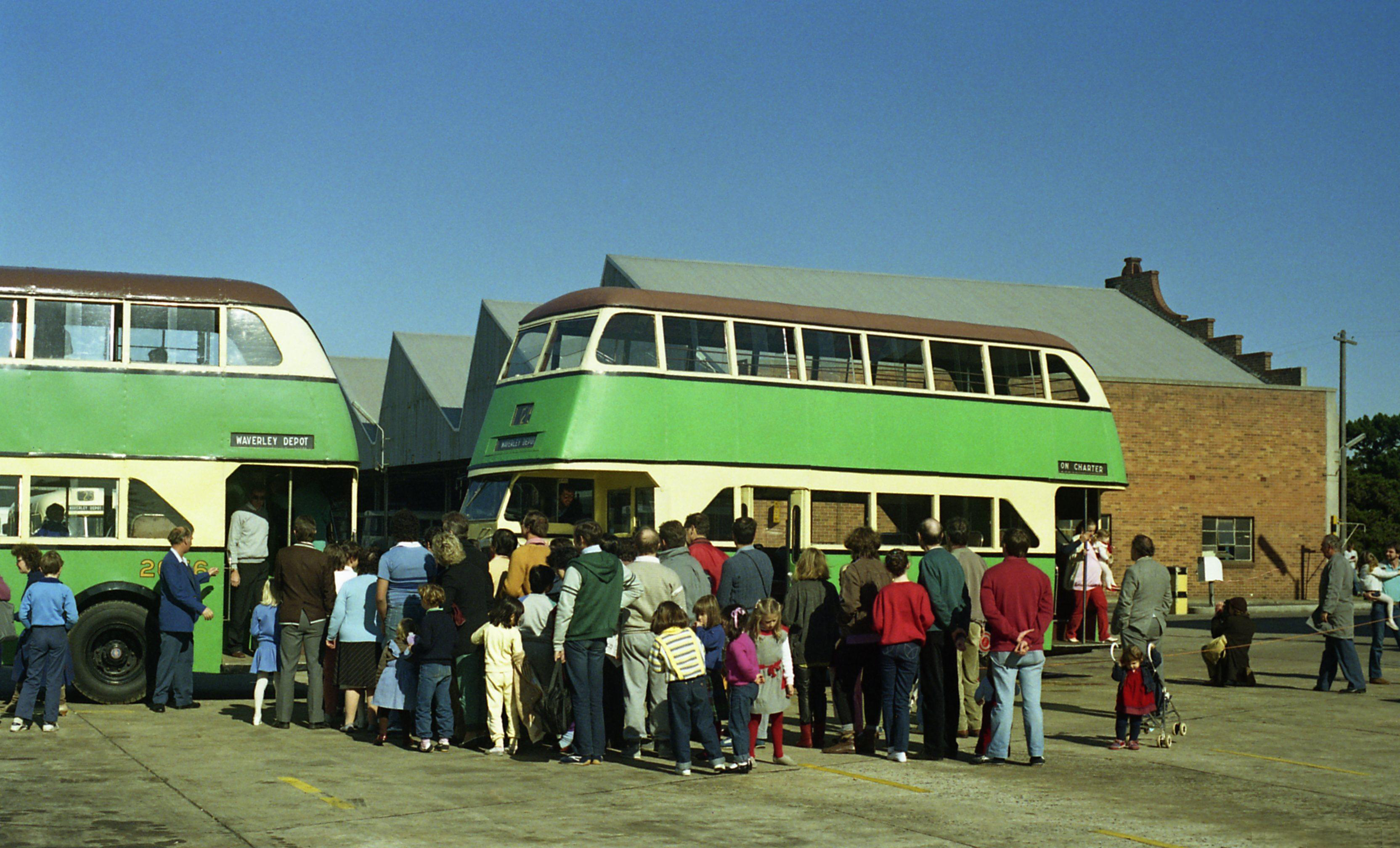
The punk movement has well and truly taken hold by the 1980s. Originating in London’s Camden Town, the subculture had a major influence on fashion around the world. Leather jackets, ripped jeans and band t-shirts were popular among young people. Piercings, tattoos and mohawks (or equally wild hair) contributed to making this counter-culture trend iconic.
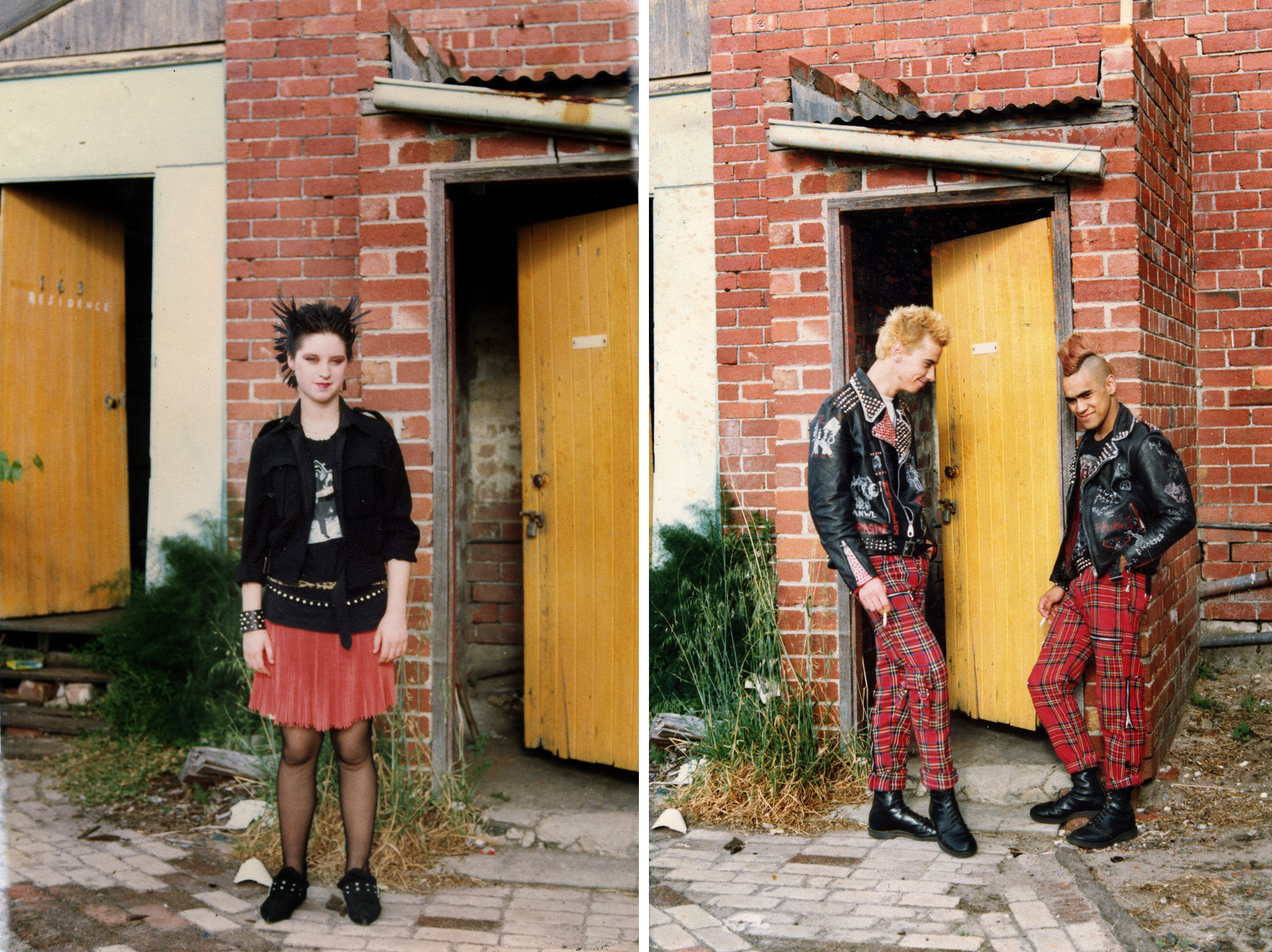
Nineties grunge
The 1990s saw a shift towards minimalism and grunge in fashion. Made popular by international bands like Nirvana, grunge fashion reflected the rebellious and anti-establishment spirit of the time. The look was somewhat androgenous with clothing items like flannel shirts, baggy and ripped jeans, oversized t-shirts, and combat boots being worn by both women and men. Slip dresses were also common in women’s fashion. Accessory trends included the choker necklace.
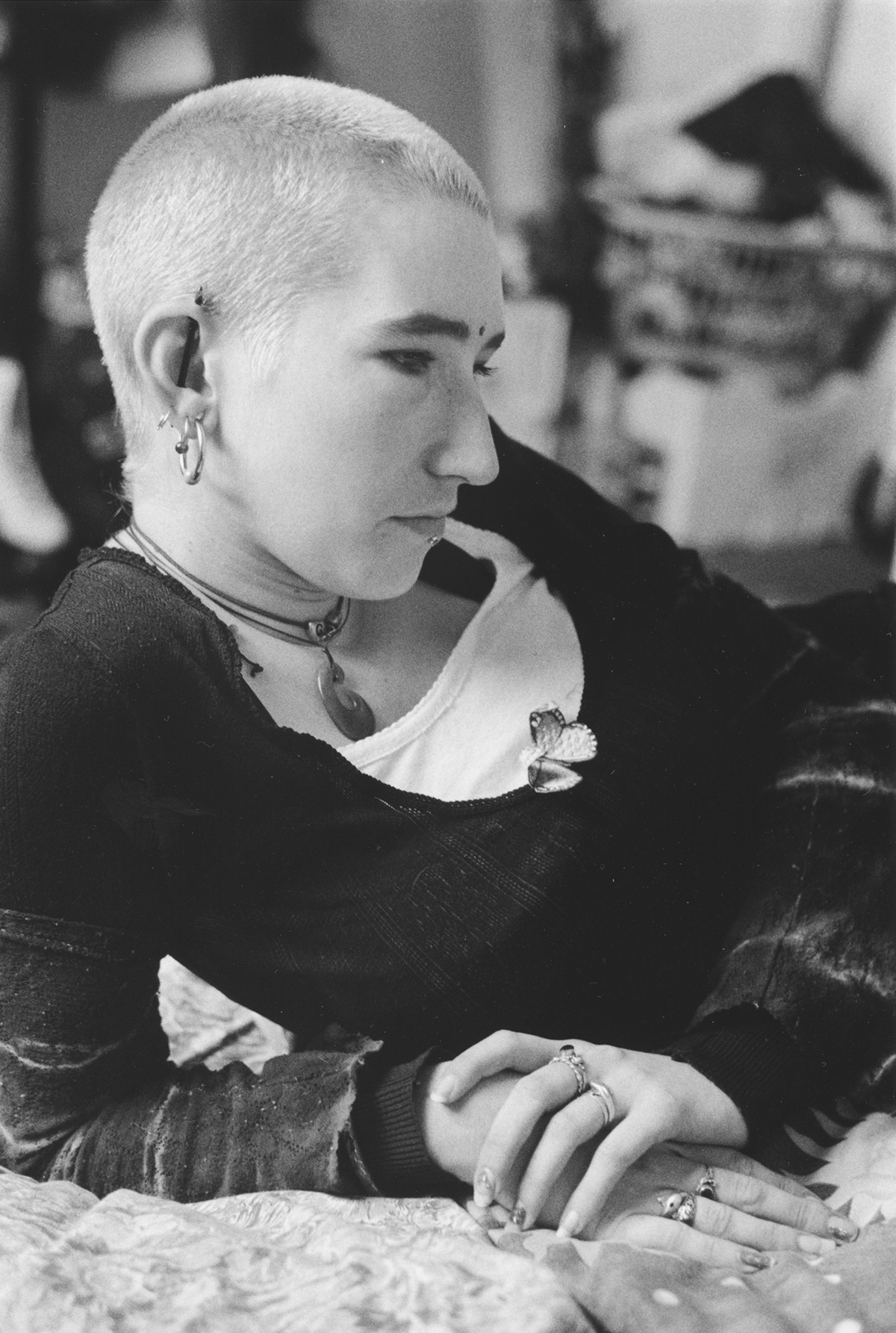
The influence of streetwear and hip-hop culture continued to grow, with brands like Nike and Tommy Hilfiger becoming prominent in the fashion world.
The first blogs began appearing online in the late 1990s and early 2000s. This was the beginning of the internet’s influence on fashion. Browse snapshots of early fashion websites and blogs on Trove.
Fashion trends progressed fast in the 20th century with new styles and subcultures appearing every few years. Australian fashion continues to be influenced by global trends, particularly from western countries, like Britain and the United States. However, Aussies do love to put their own unique spin on styles to suit our climate.
Australian fashion history
From leading trends and designers to the cultural influences that made them so popular, discover Australia’s fashion history: